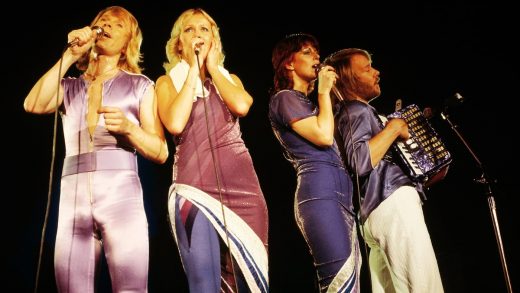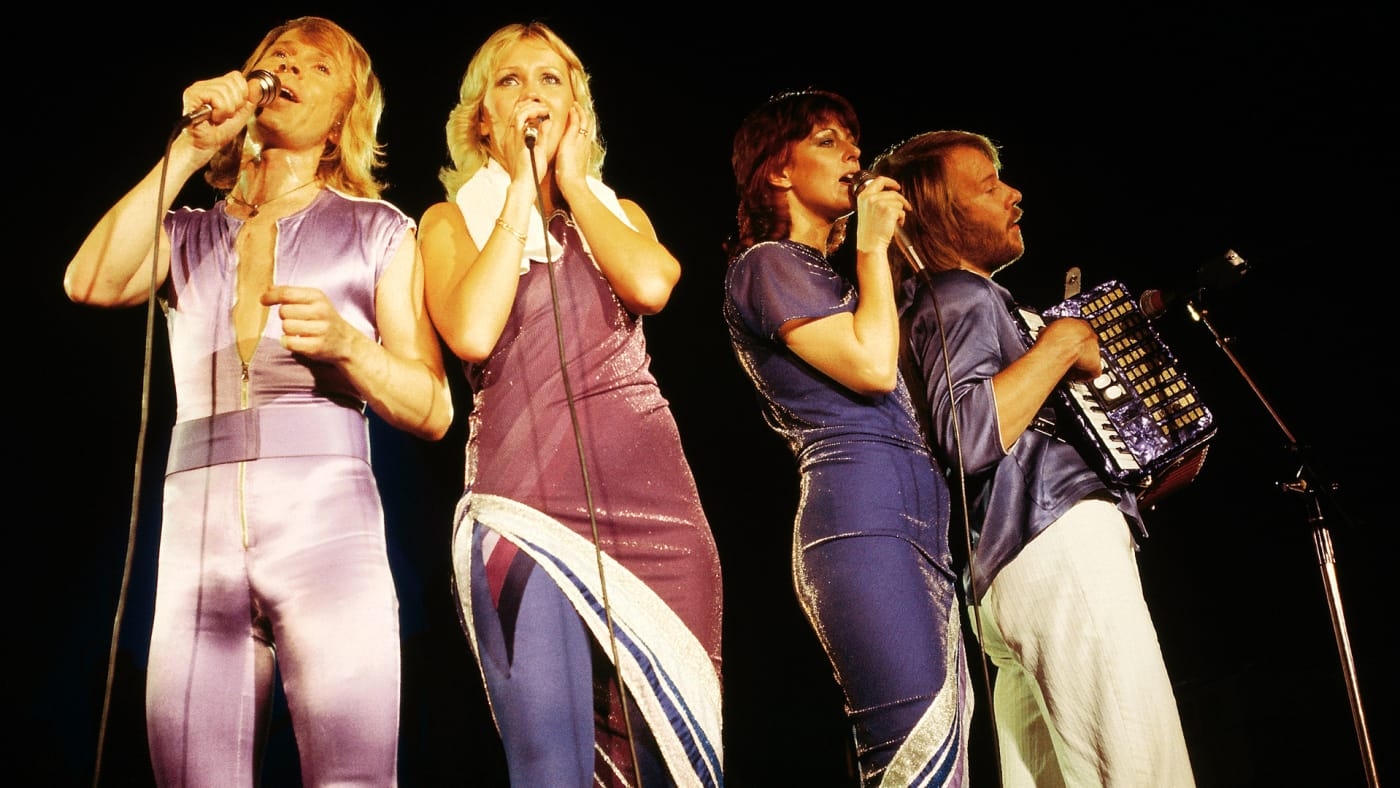Mamma Mia! ABBA’s Bjorn Ulvaeus reveals how the band keeps growing its empire
The architects of ABBA were notorious perfectionists. Benny Andersson and Bjorn Ulvaeus endlessly tinkered with their songs, with Kubrickian tenacity, until every drum fill and vocal melody rang clear and true.
As it turns out, they’ve been nearly as meticulous about managing their legacy.
Perhaps this attention to detail is what’s kept a band that broke up in 1982 consistently in front of the public eye (and, yes, its ears) into a fifth decade, selling nearly 500 million records in the process.
Mamma Mia! Here We Go Again, which is now out in theaters, is the Meryl Streep-starring second film spawned from the don dada of all jukebox musicals. The sequel once again tasks its sprawling cast with singing their way out of a vault of solid-gold ABBA jams, held together by a breezy narrative. (This time around, it’s a Godfather II-style parallel story, tracing Streep’s character’s steps as a young woman, and catching up with her and everyone else after the events of the first film.)
The new project is just the latest in a long line of ABBA-blessed endeavors that have helped carry the torch from the band’s bulletproof 1970s run. Unlike perma-touring contemporaries such as Elton John and Fleetwood Mac, ABBA has maintained its popularity all this time without releasing any new music and rarely appearing together in public. (At least they won’t have done so until their recently announced reunion tour comes together.)
How have they pulled it off? On the eve of the Mamma Mia sequel’s release, Fast Company spoke with ABBA’s Bjorn Ulvaeus to find out–and to get the story behind that long-anticipated reunion.
Take a Chance on Me
Whenever you hear an ABBA song in the wild, it isn’t by accident. Brands, studios, and all types of ambitious others are constantly vying to feature the band’s music, with the band’s members ultimately deigning to allow them or not.
“We have been very, very careful about what we’ve done. We’ve never allowed our music in commercials, for instance,” Ulvaeus says, “and we’ve basically just been doing things that we think, ‘Yeah, this is high quality, this is high cred,’ and nothing else. They send us a request and we tell them to send a synopsis or a whole script–and every time we know immediately when it’s a good one. But we say no to at least 90% of the ones we get.” (ABBA’s music appears in films such as Muriel’s Wedding and Priscilla, Queen of the Desert.)
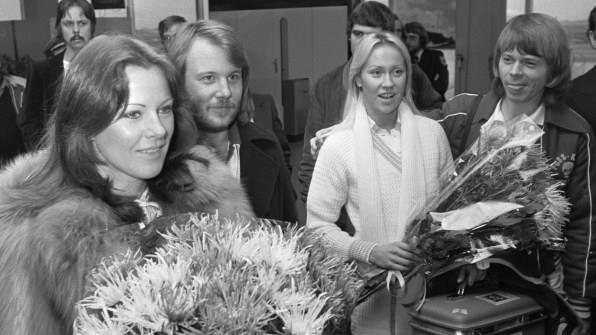
Hasta Mañana
ABBA had a major resurgence in the ’90s, owing a lot to the repackaging of their catalog. This was the result of the band selling its catalog and record company to Polydor in 1989, before the label got folded into Universal. The first of the resultant reissues, Gold, sold six million copies in the U.S. alone, along with 17 million each in the U.K. and Australia. As it turns out, this business decision was the result of some bad blood.
“We co-owned our record company with Stig Anderson, our old music partner who was kind of our manager in the beginning,” Ulvaeus says. “There was a fallout between me and Benny (Anderson) and Stig, and we wanted to sever all links. So, we let him have the company for what was basically a pittance and he later sold it to Polydor which turned out to be a great decision.”
Mamma Mia
At the height of Mamma Mia fever, around the time the first film was released in 2008, the stage musical was said to be playing in seven to nine different productions around the world on any given day. The road to getting to that point, however, took a lot of convincing and then work.
“[Theater producer] Judy Craymer came up with the idea to do a TV special way back in the 1980s and it wasn’t until [playwright] Catherine Johnson came on board that it was going to be a full-fledged musical, and I thought that was a very interesting idea,” Ulvaeus recalls. “I met her and I thought she was brilliant, and that maybe we can do this as an experiment and pull the plug at any time if it doesn’t go well. Could we write a musical backwards from the songs? And I said to Catherine, ‘You have these 100 songs in the catalog and the ground rule is that the story is more important than the songs, and you can use any songs, not just the hits. And then of course she came up with this idea of a mother and her daughter and that’s how it happened.”
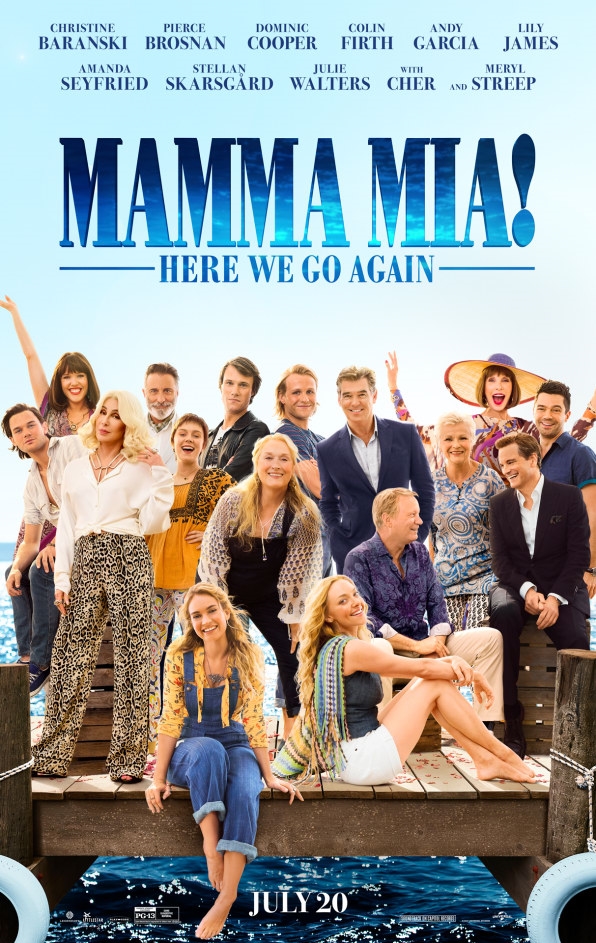
The Visitors
Sometimes agreeing to one project opens the door to another. Such was the case when ABBA: The Museum led directly to Mamma Mia: The Party, an interactive restaurant experience located in Stockholm and London, which captures the festive spirit of the musical.
“The city of Stockholm had asked us several times, do we want to have a museum about ABBA in our hometown, and we said okay, fine, if Stockholm wants an ABBA museum, it should have one,” Ulvaeus says. “We didn’t think more about it–other people would have to take care of that–but suddenly they had a venue for it and it was in a place where I would walk by with my grandchildren, where I suddenly thought about what would happen if this museum isn’t good enough, if it’s average or bad. I found that thought completely intolerable, so I agreed to co-create it with some other people. The museum eventually approached me about having a party in the restaurant at the museum. But that venue was too small. So then the idea grew into, Why don’t we make a Mamma Mia party instead–to take the Mamma Mia world into a restaurant environment? So we built Nikos Taverna at an old restaurant in Stockholm, with an olive tree and a very nice Greek atmosphere, and every night there’s a story that plays out with the people at the restaurant. It has nothing to do with the characters in Mamma Mia, but it’s an interesting spinoff within the Mamma Mia world.”
Here We Go Again
Initially, the band was quite reluctant to make a second Mamma Mia film. They were very proud of the first one and were unsure whether it was worth potentially tainting its impact with an inferior sequel. When they read writer/director Ol Parker’s first draft, though, which he’d developed with Richard Curtis, they thought the film’s two-tier structure was promising, so they decided to move forward. In order to make it ABBA-worthy, though, both Bjorn and Andersson got involved in the creative process.
“During the script phase, Ol [Parker] would bounce his drafts off both Benny [Andersson] and me, and we would have our input,” Ulvaeus says. “There were a couple songs we swapped for others, for instance, and in this one, I have done some rewrites for a few of the songs to make it seamless with the story. “My Love, My Life” is the last scene of the movie, and those verses have been rewritten slightly . . . or a lot. ‘I’ve Been Waiting For You,’ the verses have been tweaked. And that’s been great fun. It’s kind of fascinating that you actually had reason to revisit these songs. And Benny has produced the cast album, so he’s done all the recording. It’s not repeating, it’s revisiting in a new way.”
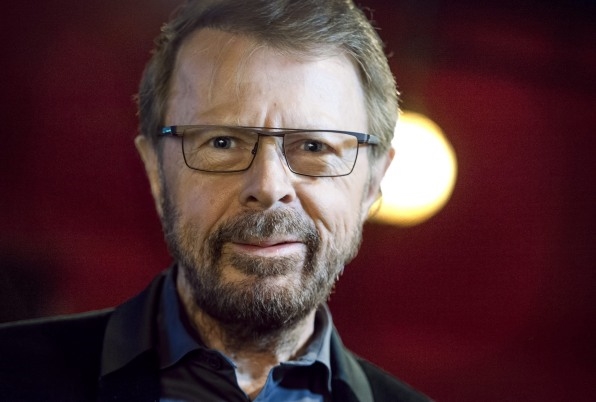
As Good As New
For decades, no interview with any member of ABBA would be complete without the question, “Is there any chance of a reunion?” For decades, the answer has always been some polite form of “no.” When the band was offered a reported $1 billion to reunite for a 100-city tour around the turn of the century, they even turned that figure down.
Their resistance to the idea was a radical form of maintaining the brand they’d built. They wanted to be remembered as performers as they were during the peak years of their success, rather than the chilled out grandparents they’ve become. Recently, however, a solution to that very problem emerged, and a tour is forthcoming. (Think: Gorillaz.)
“It was [Spice Girls impresario] Simon Fuller who approached us about a year and a half ago, and he had this idea of making us digital humans, and that these avatars could then go on tour and we thought, ‘Oh, that’s really interesting,’” Ulvaeus recalls. “So we said yes to this project, which is ongoing. We have a meeting about it in August, and then we’ll know more about exactly what it will look like. But they’re working on it and as we speak, we are being digitized as our 1979 versions. It’s spooky: You will not see that it’s not a human being. But then we thought, ‘What if those avatars, those 1979 versions, could sing a new song that we wrote now?’ So Benny and I wrote two new songs and we took them to the ladies and they said yes and we recorded two new songs with ABBA, and the first time you see them they will be sung by these avatars, maybe in a TV show at the beginning of next year. The technology has changed a lot, but I would say we wrote the songs in the same way that we’ve always done.”
Fast Company , Read Full Story
(57)

